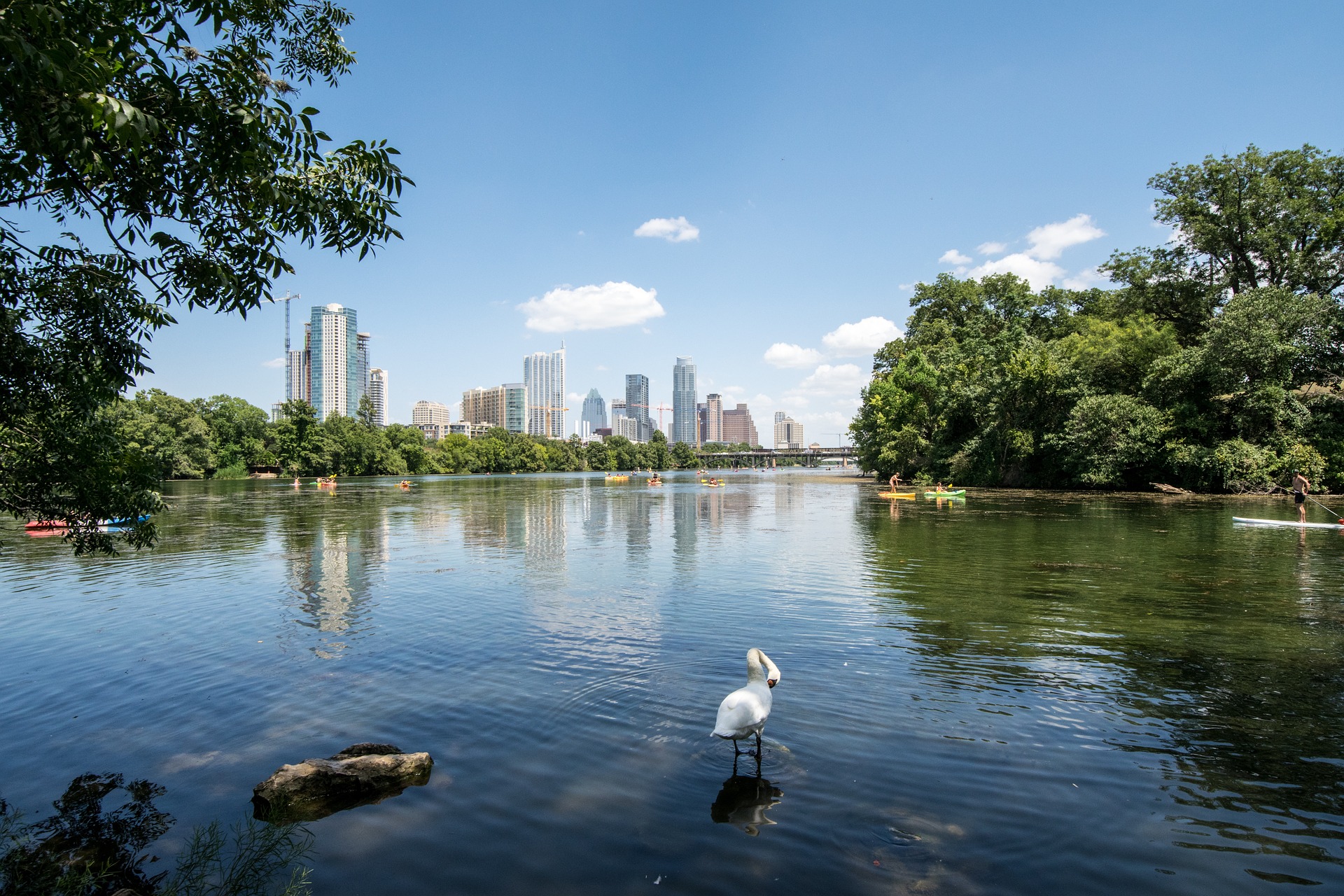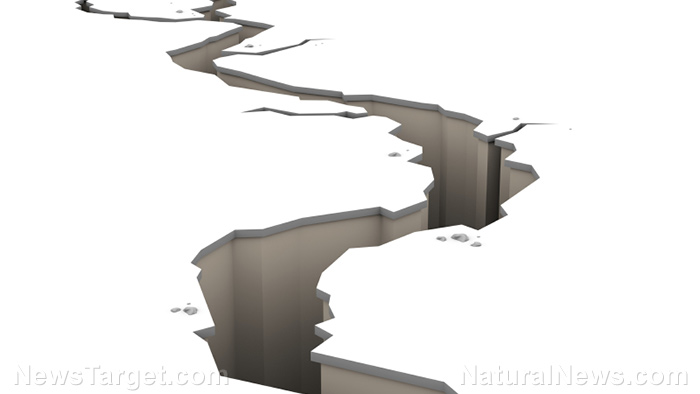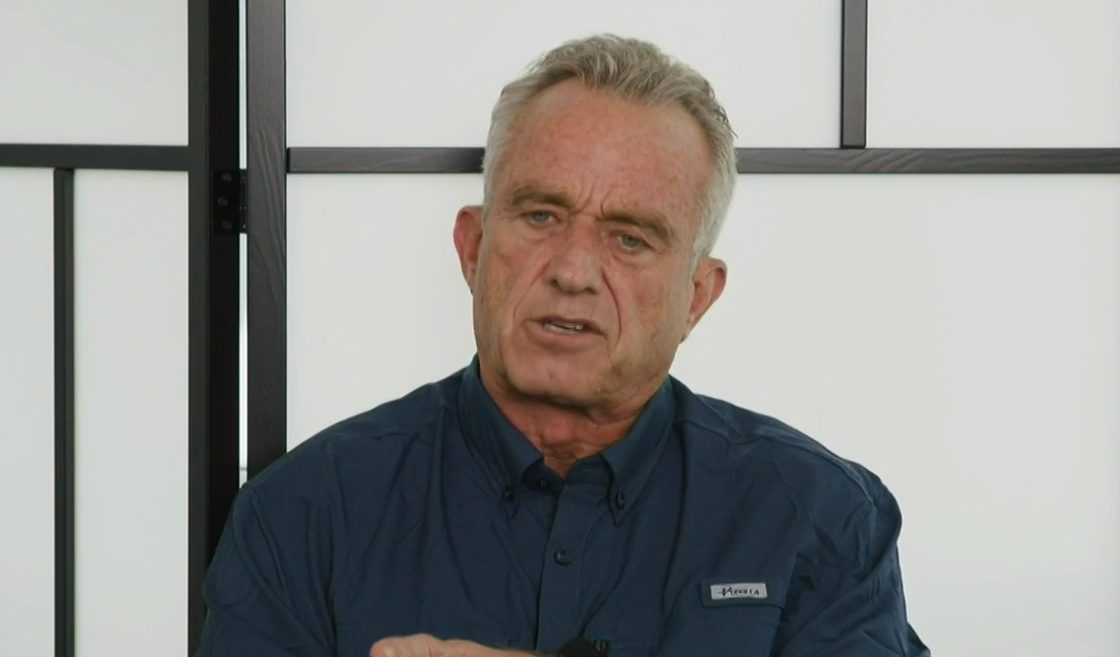America’s silent crisis: Major U.S. cities are sinking, threatening infrastructure and increasing flood risks
05/09/2025 / By Cassie B.

- Major U.S. cities like New York, Houston, and Chicago are sinking up to 20 inches per year due to groundwater extraction, urban sprawl, and drilling.
- A study in Nature Cities found 28 U.S. cities are sinking, with Houston experiencing the fastest rates, while parts of Mexico City collapse at 20 inches annually.
- Groundwater depletion causes 80% of urban subsidence, threatening infrastructure like roads, bridges, and buildings with long-term damage.
- Coastal cities like Norfolk and Miami face dual threats from sinking land and rising seas, while inland cities see cracked foundations and roads.
- Experts urge better groundwater management and infrastructure fixes but warn that without action, millions will face worsening flood risks and structural failures.
From New York to Houston, America’s largest cities are sinking at alarming rates, some by as much as 20 inches per year, due to factors ranging from excessive groundwater pumping to urban sprawl. This slow-motion disaster is silently compromising roads, bridges, and buildings while worsening flood risks for millions.
A groundbreaking study published in Nature Cities reveals that 28 of the most populous U.S. cities, including New York, Chicago, Dallas, and Denver, are sinking at rates between 2 and 10 millimeters (0.08 to 0.4 inches) annually. Houston is the hardest hit, with 12% of the city sinking at 10 millimeters per year (nearly half an inch), while parts of Mexico City are collapsing at a staggering 20 inches per year.
The primary culprit? Human activity. Researchers found that 80% of urban subsidence is caused by groundwater extraction, as cities drain aquifers faster than they can replenish. Oil and gas drilling, along with the sheer weight of urban infrastructure, also contribute to the problem.
“Even slight downward shifts in land can significantly compromise the structural integrity of buildings, roads, bridges, and railways over time,” said Leonard Ohenhen, lead author of the study.
The sinking cities crisis
The study, which analyzed satellite radar data from 2015 to 2021, found that in 25 of the 28 cities studied, at least 65% of the land is sinking. Texas is ground zero, with Houston, Fort Worth, and Dallas experiencing some of the fastest subsidence rates. But the issue is nationwide:
- Houston, TX – Up to 5 cm (2 inches) per year in some areas
- Norfolk, VA – Increasing flood risks due to subsidence and extreme weather
- San Francisco, CA – Sinking up to 5 mm (0.2 inches) annually due to landfill compaction
- New York City – Subsiding at 2-4 mm per year, exacerbating sea-level rise threats
- Phoenix, AZ – Still recovering from decades of groundwater depletion
“The latent nature of this risk means that infrastructure can be silently compromised over time, with damage only becoming evident when it is severe or potentially catastrophic,” said the study’s authors.
Why sinking land is a ticking time bomb
Subsidence doesn’t just lower elevation; it increases flood risks, destabilizes buildings, and strains infrastructure. Coastal cities like Norfolk and Miami face a double threat from rising seas and sinking land, while inland cities like Memphis and San Antonio are seeing roads and foundations crack under uneven settling.
In Houston, 1 in 45 buildings is at high risk of damage from differential motion, where land sinks at varying rates. Similar risks plague Austin (1 in 71 buildings) and Fort Worth (1 in 143).
“As cities continue to grow, we will see more cities expand into subsiding regions,” Ohenhen warned. “Over time, this subsidence can produce stresses on infrastructure that will go past their safety limit.”
Can sinking cities be saved?
While subsidence can’t be fully reversed, experts suggest better groundwater management, infrastructure retrofitting, and artificial wetlands to mitigate damage. Phoenix, for example, slowed its subsidence after Arizona’s 1980 Groundwater Management Act restricted over-pumping.
But time is running out. “We have to move to solutions,” Ohenhen urged. Without action, millions of Americans will face escalating risks, from flooded neighborhoods to collapsing infrastructure, as the ground beneath them continues to sink.
Sources for this article include:
Submit a correction >>
Tagged Under:
big government, chaos, Climate, disaster, environ, Flooding, infrastructure, natural disaster, panic, sinking land, subsidence
This article may contain statements that reflect the opinion of the author
RECENT NEWS & ARTICLES
COPYRIGHT © 2017 SCIENTIFIC NEWS




















